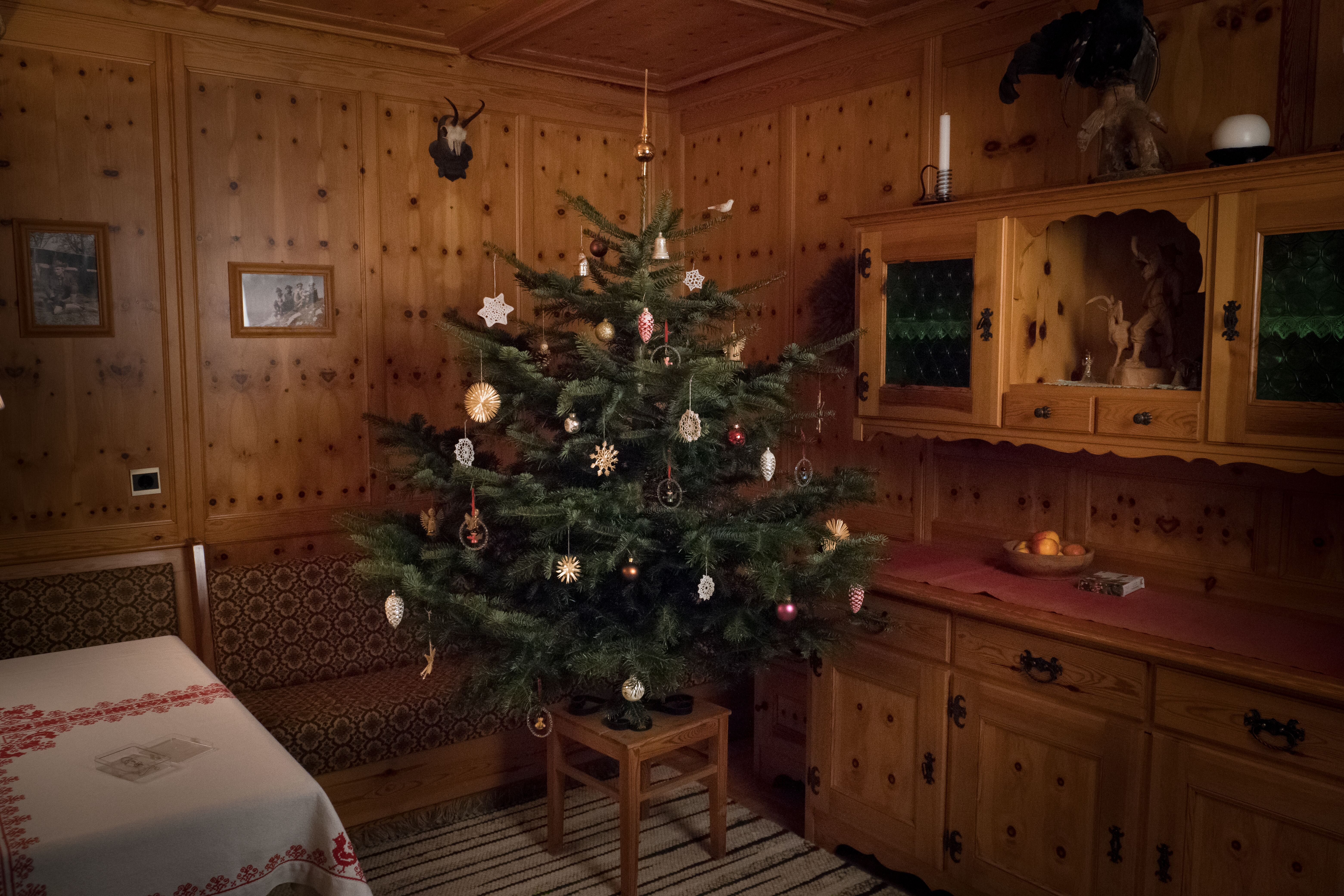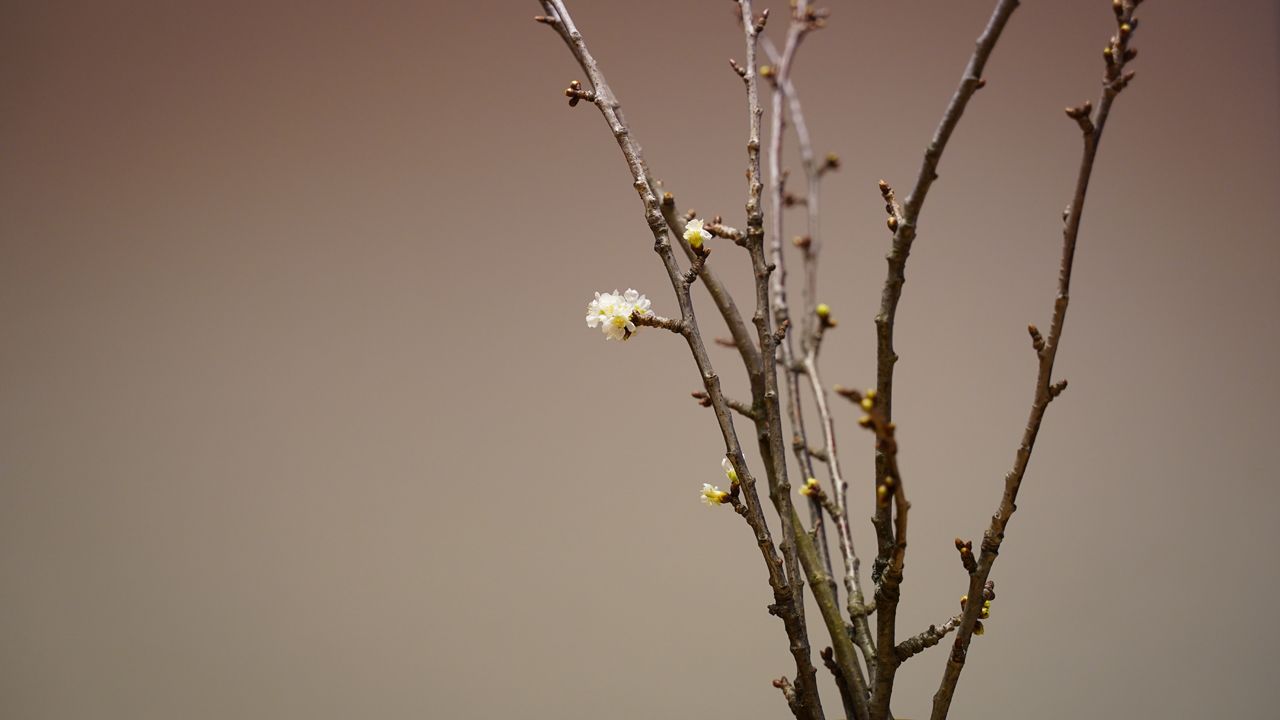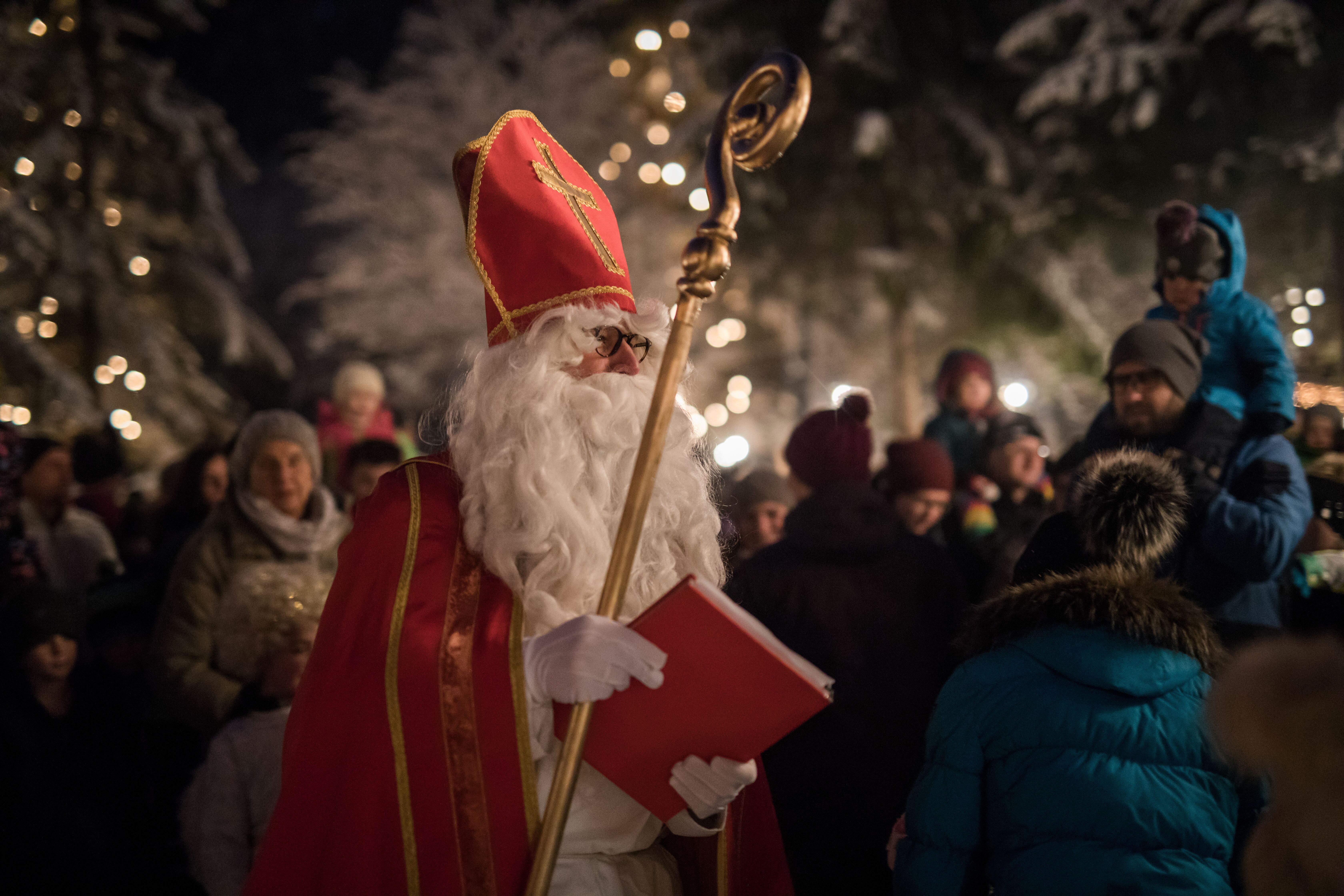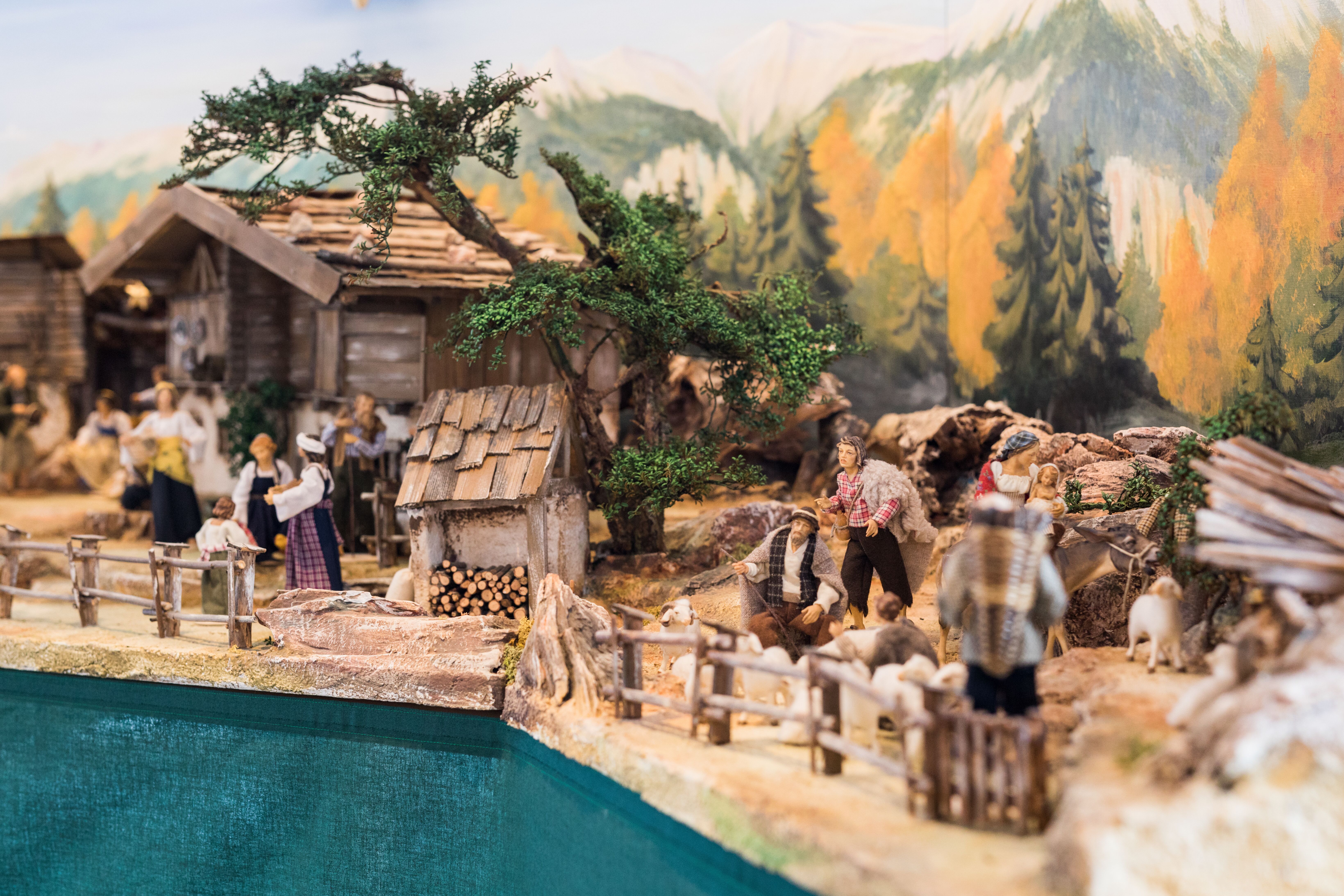Advent wreath making
Step-by-step instructions.
Tie your own Advent wreath: Advent wreath making
Regardless of how they are written, traditional markets have long been an integral part of pre-Christmas Tyrol during the Advent season. Traditional crafts, sweet delicacies and Tyrolean customs are reflected here in a marvellous atmosphere.
Sweet delicacies: In many Tyrolean households, biscuits are baked together in the run-up to Christmas. But the most traditional Christmas dessert in Tyrol is Zelten. The basic ingredients consist of dried fruit, nuts and bread dough.
On 4 December, the name day of Saint Barbara, people traditionally take branches from apple or cherry trees, put them in warm water and place them next to the stove. If the branches bear blossoms by Christmas Eve, it is believed that nothing will stand in the way of good fortune in the coming year.

At the very beginning of Advent, there are many customs in Tyrol surrounding the name day of St Nicholas on 6 December. The charitable Bishop Nicholas lives on in the figure of St Nicholas, who rewards good children with small gifts. There is a special St Nicholas custom in Ischgl. This is the so-called "Soniklasstab" ("son-" = abbreviation for "sanctus" and niklas for "Nikolaus"), which is a typical children's custom throughout the Paznaun Valley around St Nicholas' Day.

Nowadays, St Nicholas usually only appears without Krampus. The sinister fellow therefore leads a lively life of his own and meets up with his big and small colleagues for the "Krampus run".
In some Tyrolean villages, the "Anklöpfler" come round before Christmas. In small groups, young men dressed as shepherds, innkeepers, Joseph and Mary go from house to house, singing songs about Mary and Joseph's search for shelter. The background to this custom is that people wanted to drive away evil spirits of nature by knocking on doors.
In Tyrolean homes, you can find a wide variety of nativity scenes depicting the birth of Jesus - from oriental-inspired cot mountains to Tyrolean nativity scenes that give the baby Jesus a birthplace in a Tyrolean stable. Many cots are homemade, and have often been in the family for centuries.

The Tyrolean Folk Art Museum not only exhibits the most beautiful nativity scenes in Tyrol, but also some bizarre interpretations of nativity scene customs. In many Tyrolean churches and private homes, it is also possible to view the cots, some of which are very valuable, in the period from Christmas to Candlemas (24 December to 2 February). There is even a cot trail in Imst, which leads to 24 selected places and squares in the small town.
It used to be thought that the gates to the other world opened during the 12 nights of incense between 24 December and 6 January, and so numerous customs and rituals developed in Tyrol. Especially on the three most important nights (Christmas Eve, New Year's Eve and Gömmenacht), many families still traditionally burn incense to protect their homes from evil and to pray for good luck in the New Year.